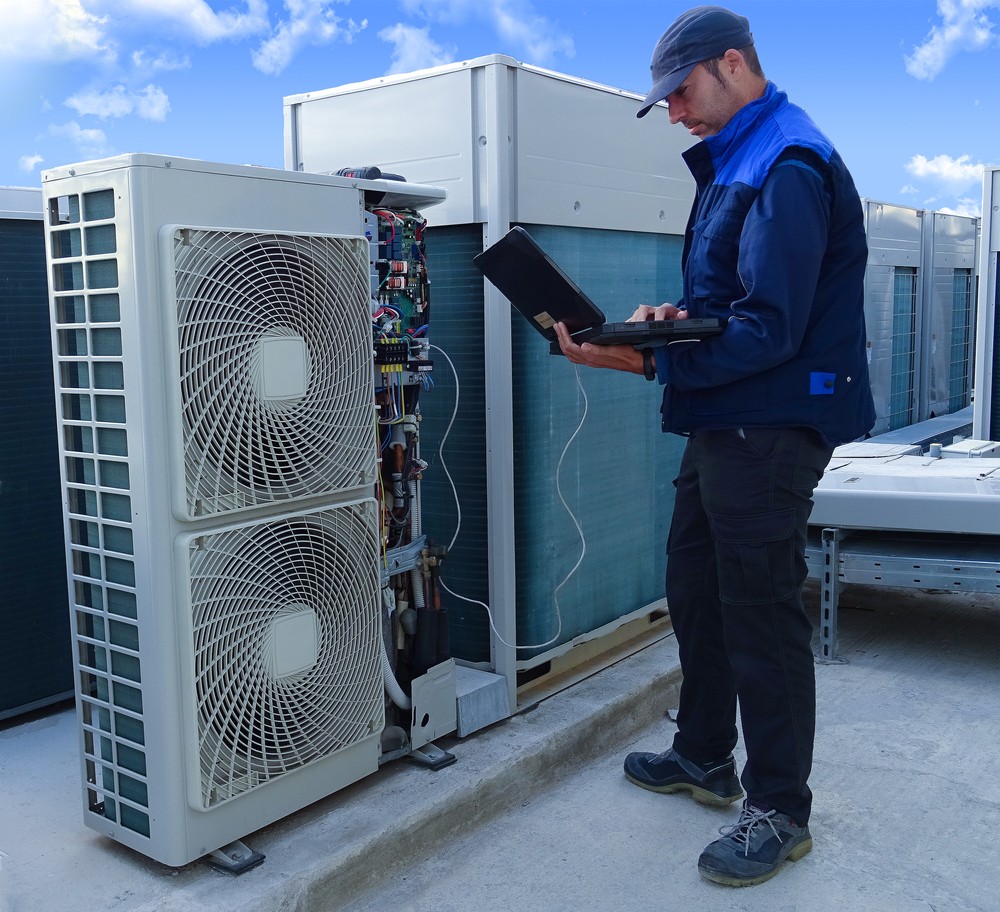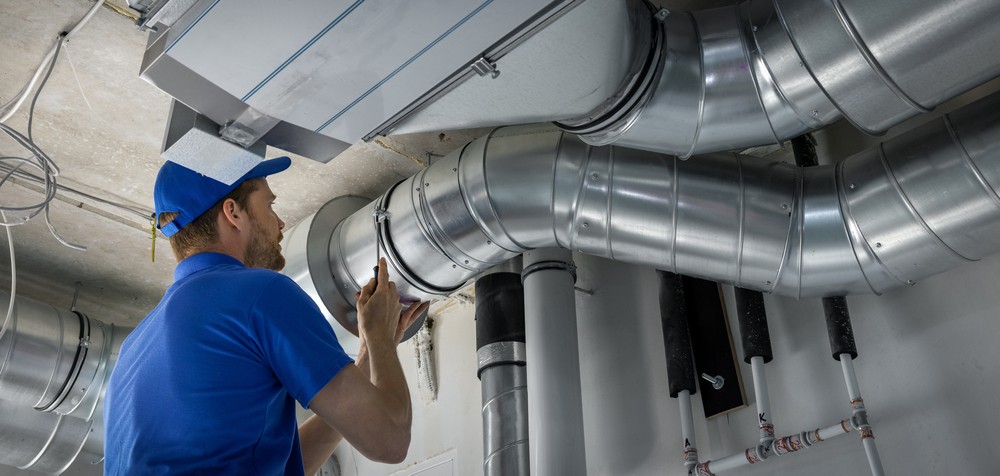Ventilation Maintenance Is Critical in Combustible Particulate Environments

Deflagration is a persistent threat in environments containing combustible particulate. Accumulations of such particles build up in ventilation systems, and it only takes a single catalyst to set them ablaze. It’s a frequently overlooked safety hazard — mostly because it goes unseen. Manufacturing companies must prioritize ventilation and duct maintenance and set standards for mitigating particle dispersal in areas of high accumulation.
The threat of airborne particulates
Combustible materials can build up in ventilation systems and other HVAC components over time and increase the risk of fires. Dust, wood shavings, and chemical particles are common particulates in factory settings, but anything that can accumulate in ductwork can also dramatically raise the chances of deflagration.
Any production environment can play host to a buildup of combustible material, but they’re particularly common — and dangerous — in chemical plants, metalworking facilities, and food processing plants. One spark is enough to ignite material buildups, so it is essential to control hazardous dust and particulates at their point of origin and manage them accordingly.

Controlling hazardous dust at the point of origin
Fires burn through ductwork quickly. The danger and difficulty of containing a blaze make it imperative to stop accumulation before it can start. But buildups sometimes occur despite best efforts. The safest method for preventing particulate buildup is collection at its generation point. Prevention includes minimizing the dust that escapes from equipment and routinely inspecting for dust residues. Other strategies include:
- Routinely clean equipment to remove dust residues and prevent uncontrolled ejection.
- Use approved vacuums and blowers to collect specific particle types.
- Avoid cleaning methods that create dust clouds or push particles airborne.
- Whenever possible, use surfaces with minimal potential for dust accumulation.
Hazardous dust can build up almost anywhere, including mechanical conveyors and process equipment. Even dust collection equipment, such as baghouses, can be problematic if not used and maintained properly. Routine inspection and cleaning are often enough to prevent a combustion event.
Every manufacturing company needs a thorough strategy for controlling hazardous dust. Procedures should include regularly scheduled testing, cleaning, and inspection. Adhering to a solid safety strategy prevents hazardous dust accumulation and keeps vital collection systems in operation.

Keep ventilation maintenance top-of-mind
Proper ventilation maintenance is an economical and effective way of preventing disaster. It’s especially useful in environments that find hazardous dust control difficult. Potential accumulation raises the risk of deflagration, combustion, and fire.
A good maintenance program must include regularly scheduled cleanings, duct flushes, and junction inspections, as well as blower or fan maintenance. For more complex systems, consider partnering with an HVAC professional who can develop plans for controlling hazardous dust and maximizing ventilation system performance.
Ventilation systems and the buildups they harbor may be out of sight, but they should never be out of mind. Worker safety and plant integrity depend on diligence and oversight and keeping fire risk to a minimum is the responsibility of every manufacturer. All it takes is awareness, a comprehensive plan, and the ability to stick to a dust mitigation and duct cleaning routine.